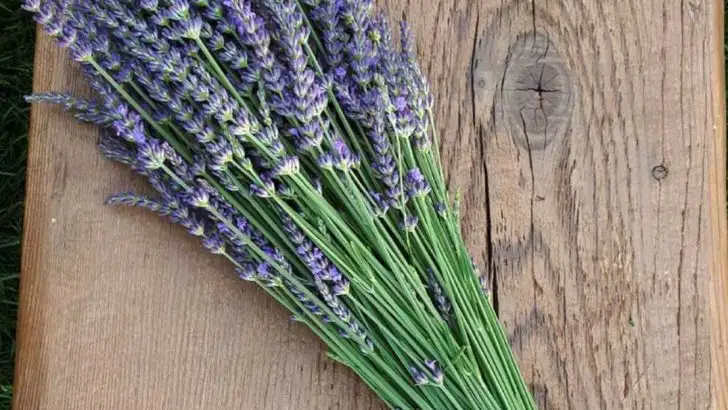Dealing with pests in your garden or home can be frustrating, but what if you could use nature’s own defenses to keep them at bay? Certain plants have the natural ability to repel insects, rodents, and other unwanted pests, making them an eco-friendly and chemical-free solution for a healthier garden and home.
From mosquito-repelling citronella to mint that deters ants and mice, the right plants can create a protective barrier around your home and garden. Not only will these plants help keep pests away, but they’ll also add beauty, fragrance, and natural benefits to your space.
In this article, we’ll introduce you to 14 plants that act as natural pest repellents, giving you a safer, more sustainable way to enjoy your garden and home without the hassle of harmful chemicals.
Basil
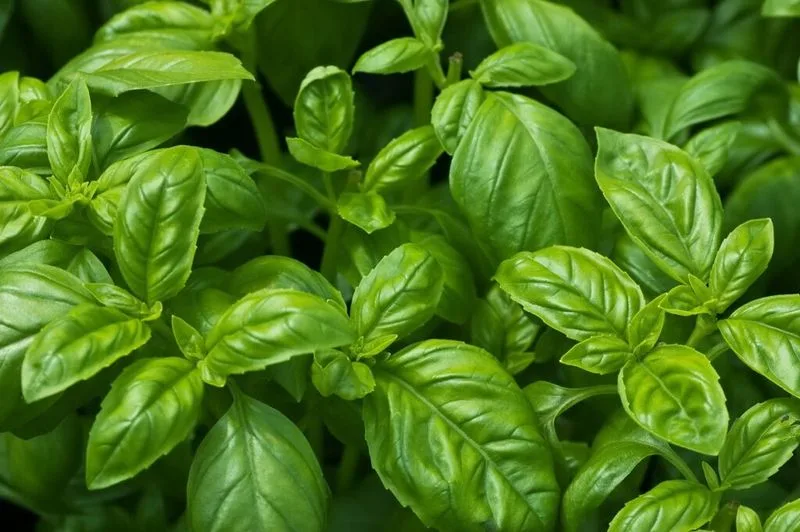
Renowned for its culinary uses, basil also serves as a natural insect repellent. Its aromatic leaves emit a scent that mosquitoes and flies find unpleasant, making it perfect for outdoor spaces. Placing basil near doors or windows can help deter these unwelcome guests from entering your home. A pot of basil on the patio or near a barbecue can significantly reduce the number of insects bothering your outdoor activities. Its dual purpose as both a kitchen staple and a pest repeller makes it a valuable addition to any garden.
Lavender
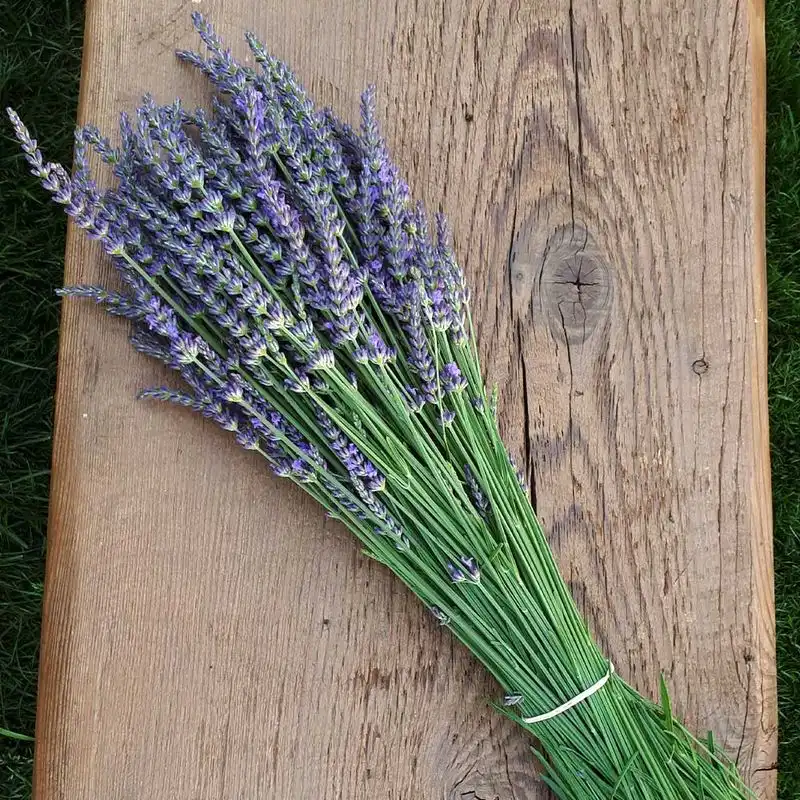
Lavender’s soothing fragrance is loved by many but detested by insects. This hardy plant is particularly effective against moths, fleas, flies, and mosquitoes. Planting lavender near seating areas or along garden pathways can create a fragrant and insect-free zone. The dried flowers can also be used indoors, tucked into drawers or hung in closets, to repel moths. Beyond its pest-repelling powers, lavender adds a touch of elegance with its striking purple blooms and calming scent, making it a favorite among gardeners.
Marigold
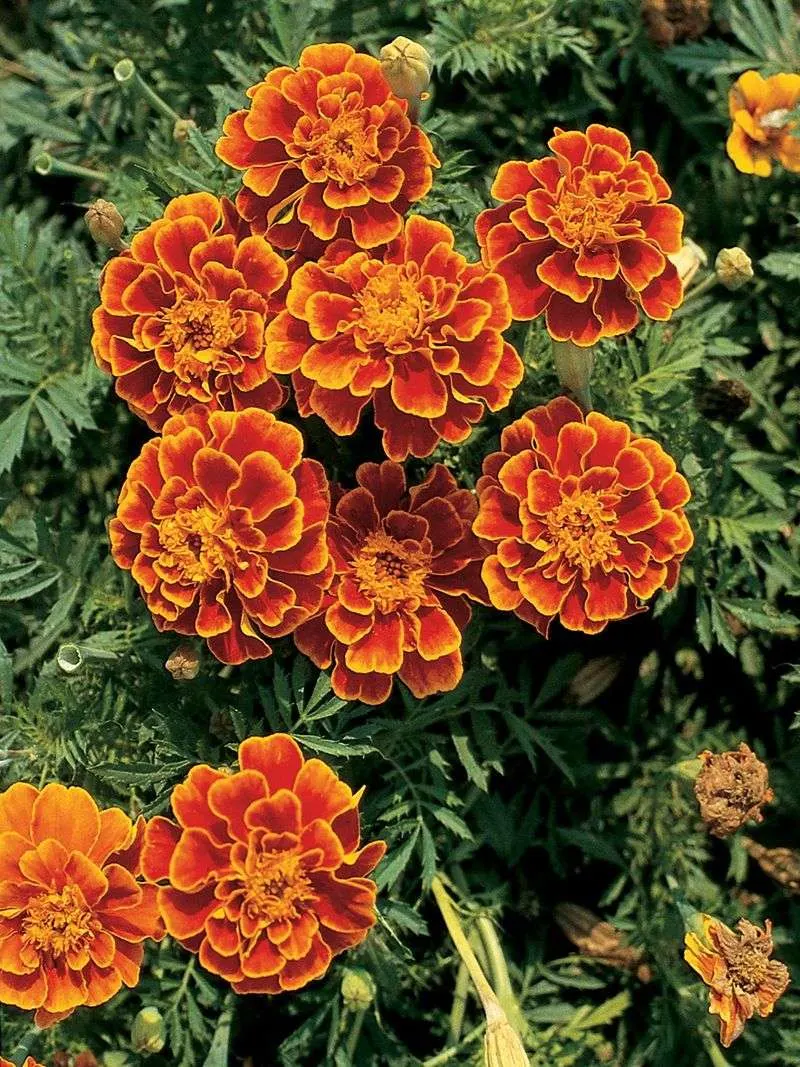
Marigolds are not just a burst of color; their distinct scent repels a variety of pests, including mosquitoes and aphids. Planting marigolds around vegetable gardens can protect crops from insect invasions. Their natural compounds are also known to deter nematodes in the soil. These vibrant flowers thrive in sunny spots and are easy to care for, making them a gardener’s ally. Additionally, marigolds can be a decorative border plant, providing both beauty and practicality in keeping pests at bay.
Peppermint
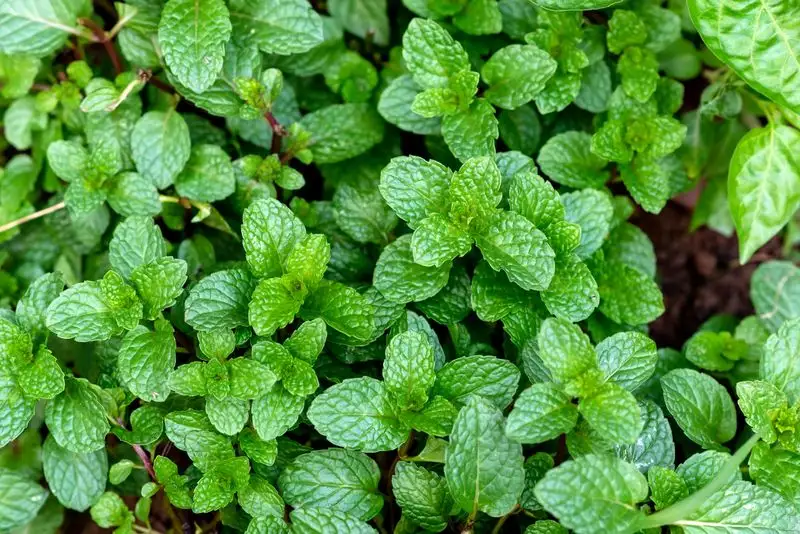
Known for its invigorating scent, peppermint is a natural deterrent for ants, spiders, and mosquitoes. Growing peppermint near entryways or as a ground cover can create a barrier against these insects. Its essential oils are concentrated repellents; crushing a few leaves releases this potent aroma. Peppermint can also be grown in pots to prevent it from spreading too aggressively. Beyond its pest-repelling benefits, it can be harvested for tea or culinary uses, adding to its versatility in the garden.
Rosemary
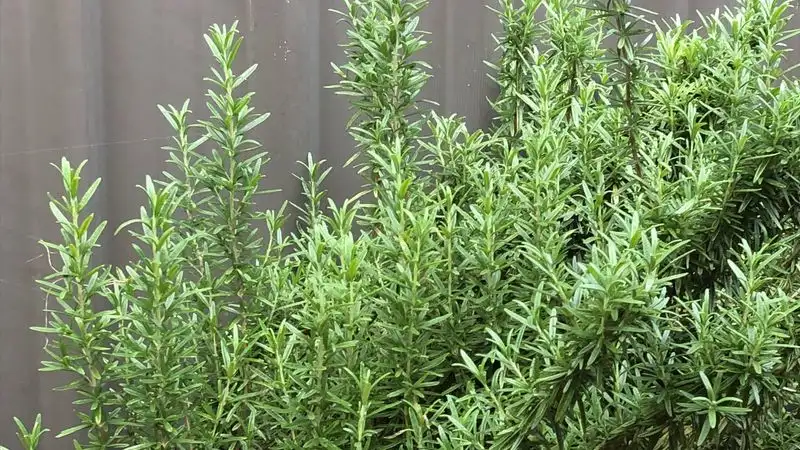
Rosemary offers more than just culinary delights; it’s a formidable pest repellent. Its woody scent is particularly effective against mosquitoes and cabbage moths. Planting rosemary near garden edges or in pots on patios can help maintain an insect-free zone. The plant thrives in well-drained soil and sunny locations, requiring minimal care. Rosemary’s robust aroma also makes it an excellent companion for barbecues, blending seamlessly into meals while warding off pesky insects. Its dual use in the kitchen and garden enhances its appeal.
Thyme

Thyme’s earthy scent serves as a deterrent to pests like whiteflies and cabbage worms. This versatile herb can be planted in garden beds or pots, making it suitable for various garden layouts. Thyme thrives in sunny locations and well-drained soil. When planted near vegetables, it can act as a protective barrier, enhancing crop health. Beyond its pest-repelling qualities, thyme is a culinary favorite, adding depth to dishes. Its resilience and ease of growth make it a practical choice for gardeners seeking natural pest solutions.
Lemongrass
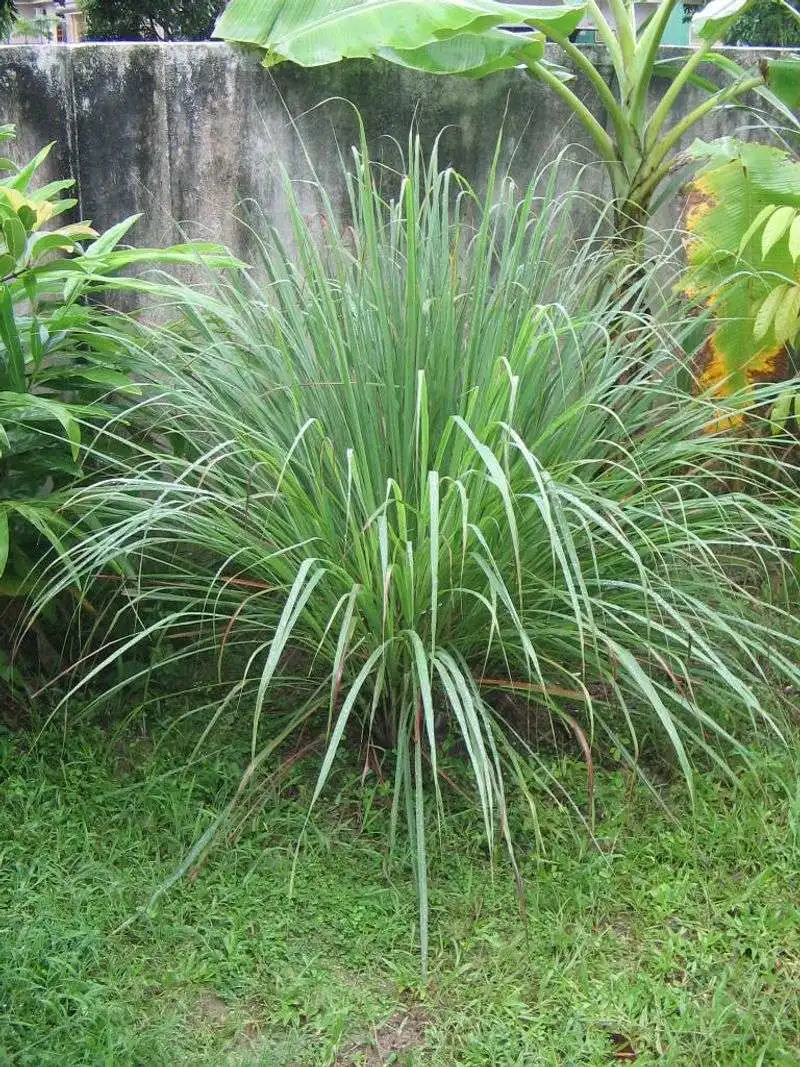
Lemongrass is famous for its fresh citrus scent, which naturally repels mosquitoes and flies. Its tall, graceful stalks can be grown in pots or directly in the ground, making it versatile for different garden spaces. Placing lemongrass near patios or outdoor seating areas can enhance comfort by minimizing insect presence. Besides its pest-repelling properties, lemongrass is a culinary delight, often used in Asian cuisine. Its combination of beauty, aroma, and functionality makes it a valuable addition to any garden or home landscape.
Chrysanthemums
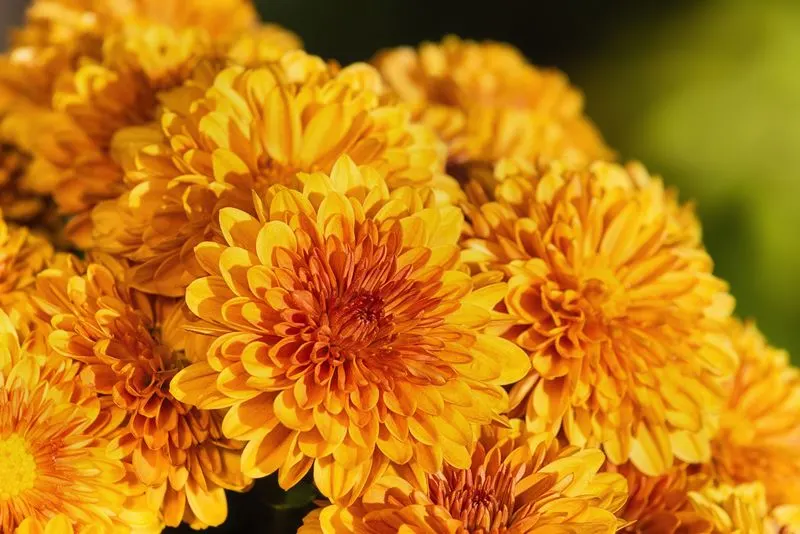
Chrysanthemums, or mums, are not just ornamental; they contain pyrethrum, a natural insecticide effective against a wide range of pests like aphids, spider mites, and ticks. Planting mums in your garden can protect other plants from infestations. Their diverse color palette adds aesthetic appeal while functioning as a pest deterrent. Chrysanthemums thrive in sunny locations and require well-drained soil. Their ability to attract beneficial insects like bees further enhances garden health, making them a multifaceted plant choice for pest management.
Catnip
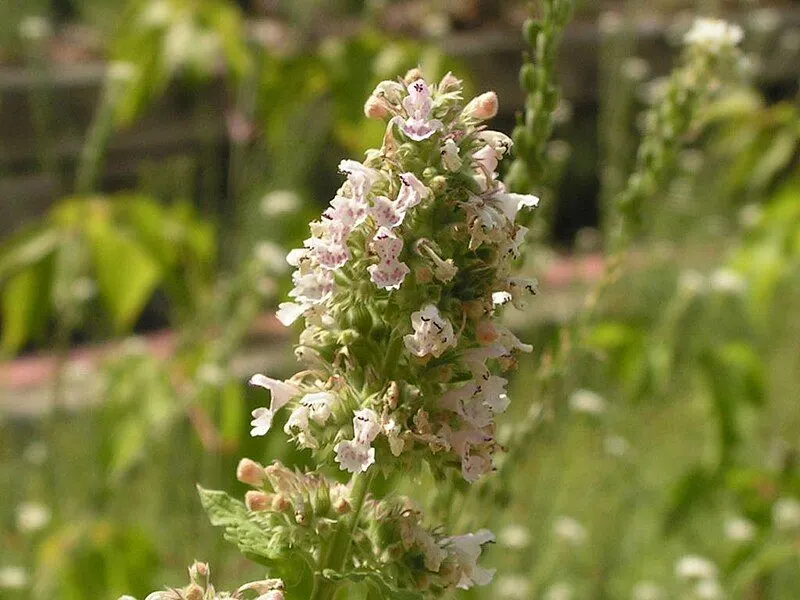
Catnip is known beyond its feline appeal; it’s a potent mosquito repellent, even more effective than DEET in some studies. Planting catnip in your garden can significantly reduce mosquito populations. It’s also useful in repelling cockroaches and flies. This resilient plant grows well in various conditions, making it a practical choice for both novice and experienced gardeners. While cats may enjoy a nibble, the primary benefit is its pest-repelling power. Its attractive foliage adds greenery while providing natural protection from insects.
Garlic
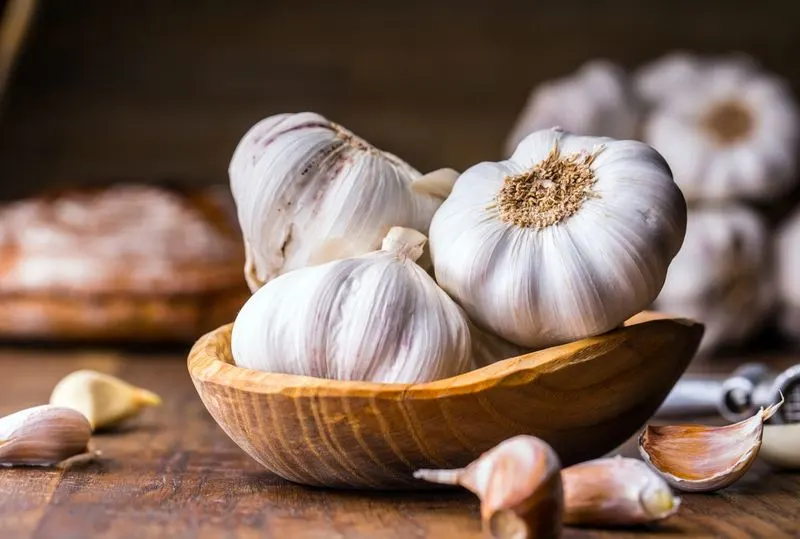
Garlic’s pungent aroma is disliked by many pests, including aphids, snails, and beetles. Planting garlic around the perimeter of your garden can create a natural barrier against these insects. Its sulfur compounds are effective in deterring not only pests but also fungal infections in plants. Garlic is easy to grow and can be incorporated into any garden design. Besides its pest-repelling benefits, garlic is a culinary staple, offering numerous health benefits. Its dual role in the garden and kitchen makes it a valuable plant for pest control.
Mint
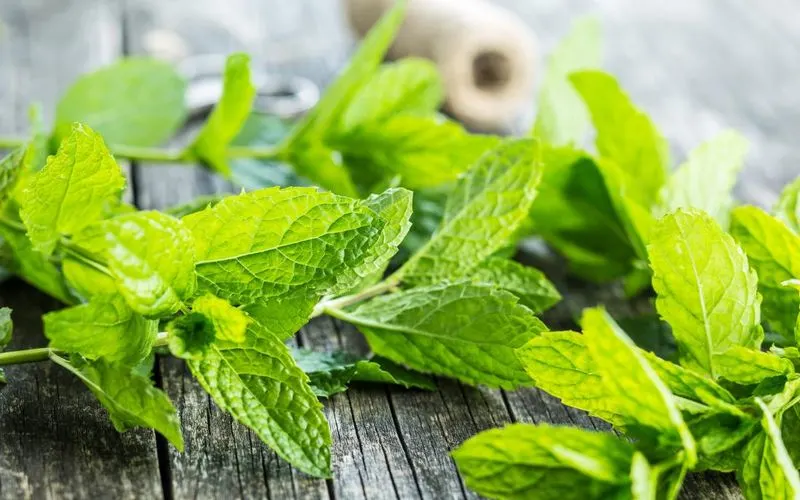
Mint’s refreshing scent is a natural repellent for ants and mosquitoes, making it a valuable addition to home gardens. Plant it in pots to control its rapid spread, or use it as a ground cover to ward off insects. Its leaves can be crushed to release essential oils, enhancing its effectiveness as a repellent. Beyond its insect-deterring properties, mint is a versatile herb used in a variety of culinary dishes and teas. Its ability to repel pests while providing fresh flavor makes it a practical choice for gardeners.
Bay Laurel
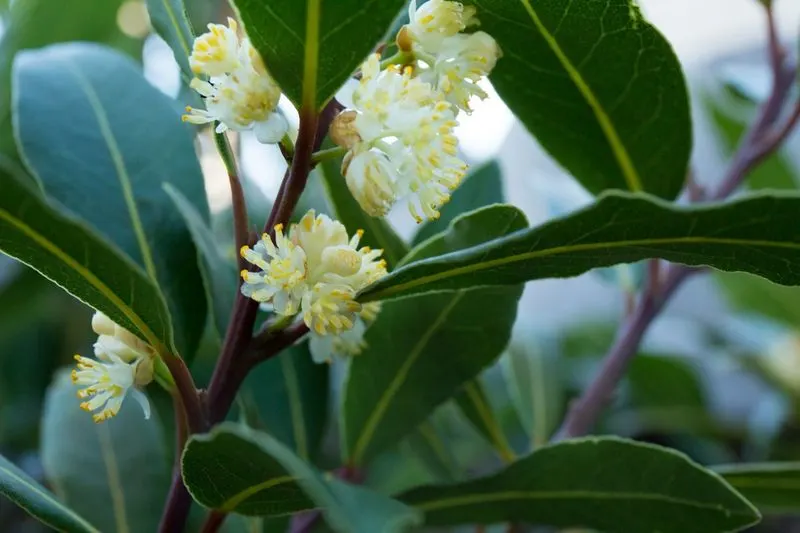
Bay laurel offers more than just aromatic leaves for cooking; it’s a powerful insect repellent. Placing bay laurel near doorways or windows can help keep flies and moths outside. Its leaves contain compounds that are particularly effective against these pests. The tree can be grown in containers or directly in the ground, making it adaptable to various garden settings. Beyond its pest-repelling properties, bay laurel is a classic culinary ingredient, adding depth and flavor to numerous dishes, making it a dual-purpose plant.
Sage
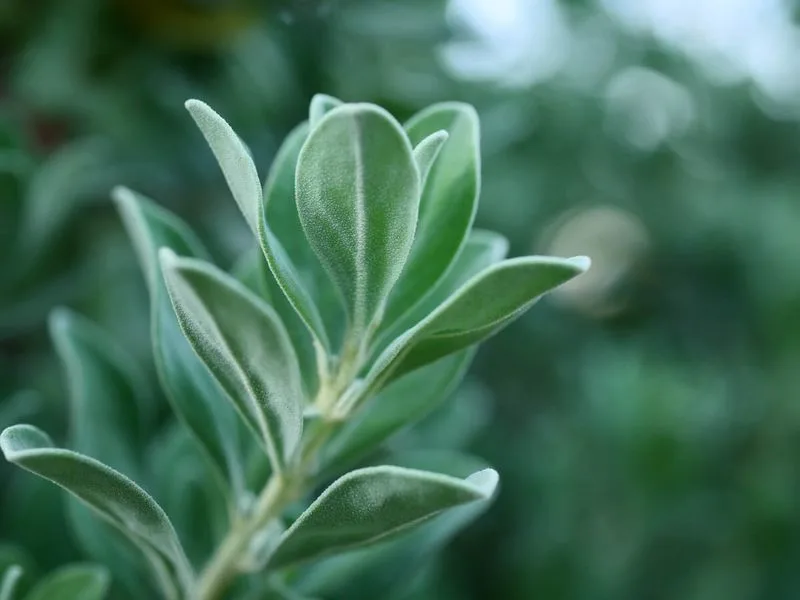
Sage’s aromatic leaves serve as a deterrent against mosquitoes and cabbage moths. This hardy herb thrives in sunny spots and well-drained soil, making it an easy addition to gardens. Placing sage near outdoor seating can help create a pleasant, insect-free atmosphere. Its leaves can also be dried and used indoors to repel pests. Sage’s culinary applications are vast, adding flavor to a variety of dishes. Its blend of pest-repelling and culinary benefits makes it a valuable plant in both gardens and kitchens.
Tansy
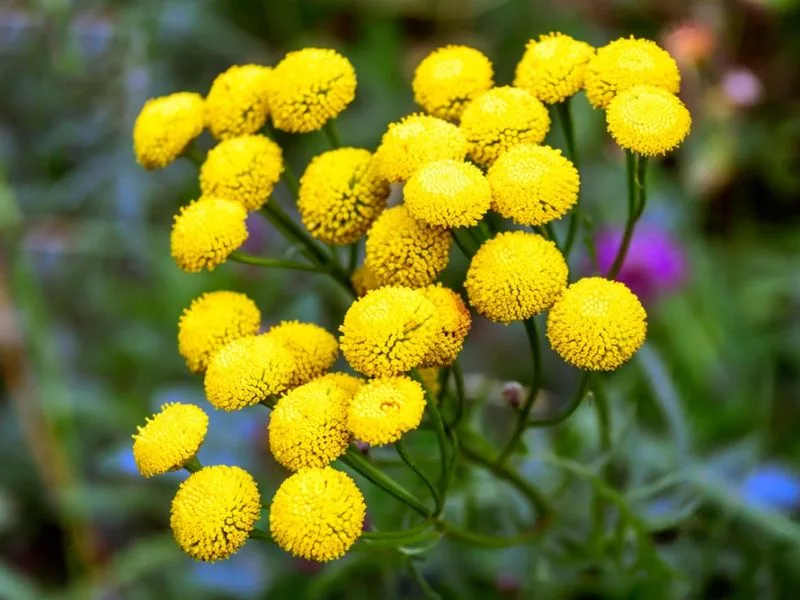
Tansy is celebrated for its pest-repelling qualities, particularly against ants, fleas, and beetles. Its vibrant yellow flowers add a cheerful touch to gardens while functioning as a natural insect deterrent. Planting tansy around the perimeter of your garden can prevent pests from invading. It prefers well-drained soil and sunny locations, requiring minimal maintenance. Beyond its pest control benefits, tansy can be used in certain traditional remedies and crafts, though caution is advised due to its potent nature. Its dual role in aesthetics and pest management is truly beneficial.

